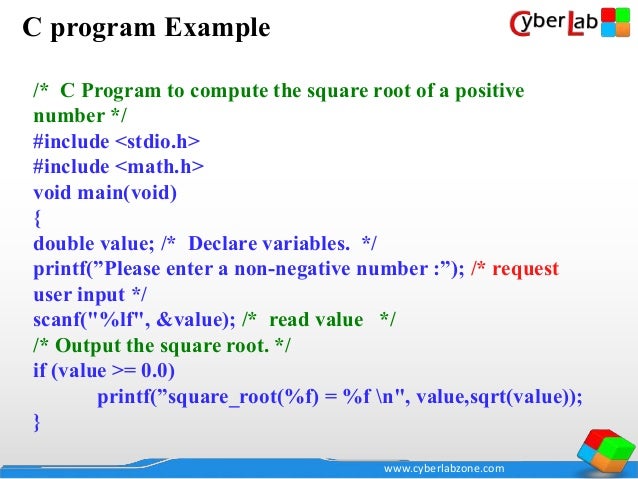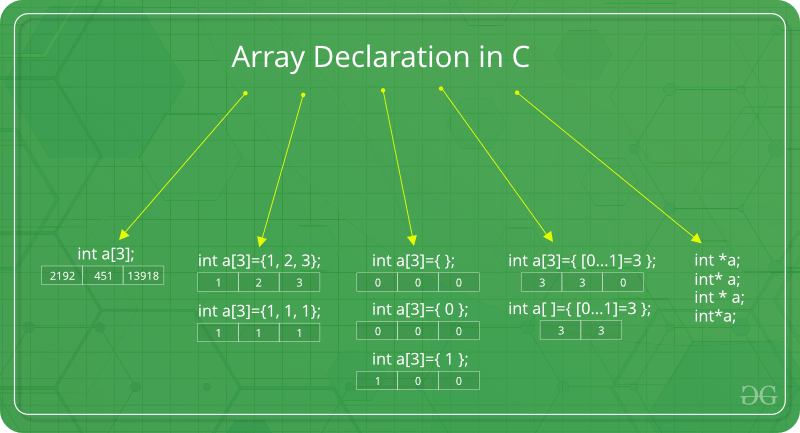
The start value is 0.0 because it’s the first symbol. Let’s calculate the start and end values for each symbol: To calculate the interval of each symbol, we’ll use the already mentioned formula:īecause the line’s range has changed, R changes to 0.2-0.0=0.2. Note that symbol a starts from 0.0 and the last symbol, c, ends at 0.2. In other words, the line interval changes from 0.0:1.0 to 0.0:0.2 as in the next figure. This interval becomes the line’s interval. Now, it’s time to look at the message to be encoded, abc, and work on the first symbol a to restrict the line interval.Based on the previous figure, the symbol a covers the interval from 0.0 to 0.2. In each stage, the line’s interval is restricted according to the sub-interval of the current symbol.Īfter all symbols are processed, AE returns a single double value encoding the entire message. In this example, there are just 3 symbols in the message, so there are just 3 stages. For example, the symbol b covers 70% of the line because its probability is 0.7.ĪE works by restricting the line interval, which starts from 0.0 to 1.0, through some stages equal to the number of symbols in the message.

The more frequent the symbol, the lower number of bits it is assigned. This table maps each character to its frequency. To calculate the probability of each symbol, a frequency table should be given as an input to the algorithm. Each symbol in the message takes a sub-interval in the 0-1 interval, corresponding to its probability. One reason why AE algorithms reduce the number of bits is that AE encodes the entire message using a single number between 0.0 and 1.0. “Arithmetic coding for data compression.” Communications of the ACM 30.6 (1987): 520-540). It’s an entropy-based algorithm, first proposed in a paper from 1987 (Witten, Ian H., Radford M. Because of this, they use a higher number of bits compared to lossy algorithms.Īrithmetic encoding (AE) is a lossless algorithm that uses a low number of bits to compress data.

Lossless algorithms reconstruct original data without any loss. They reduce the number of bits used to represent the message, even if that reduces the quality of reconstructed data. In data compression, lossy algorithms compress data while losing some details. Let’s start! Overview of the lossless algorithm (Arithmetic Encoding)
C program for arithmetic coding example code#
When the above code is compiled and executed, it produces the following result − Printf("Value of var = %d\n", i-1, *ptr ) Printf("Address of var = %x\n", i-1, ptr ) * let us have array address in pointer */ The following program increments the variable pointer to access each succeeding element of the array − We prefer using a pointer in our program instead of an array because the variable pointer can be incremented, unlike the array name which cannot be incremented because it is a constant pointer. If ptr points to a character whose address is 1000, then the above operation will point to the location 1001 because the next character will be available at 1001. This operation will move the pointer to the next memory location without impacting the actual value at the memory location. Assuming 32-bit integers, let us perform the following arithmetic operation on the pointer −Īfter the above operation, the ptr will point to the location 1004 because each time ptr is incremented, it will point to the next integer location which is 4 bytes next to the current location. To understand pointer arithmetic, let us consider that ptr is an integer pointer which points to the address 1000.

There are four arithmetic operators that can be used on pointers: ++, -, +, and. Therefore, you can perform arithmetic operations on a pointer just as you can on a numeric value. A pointer in c is an address, which is a numeric value.


 0 kommentar(er)
0 kommentar(er)
